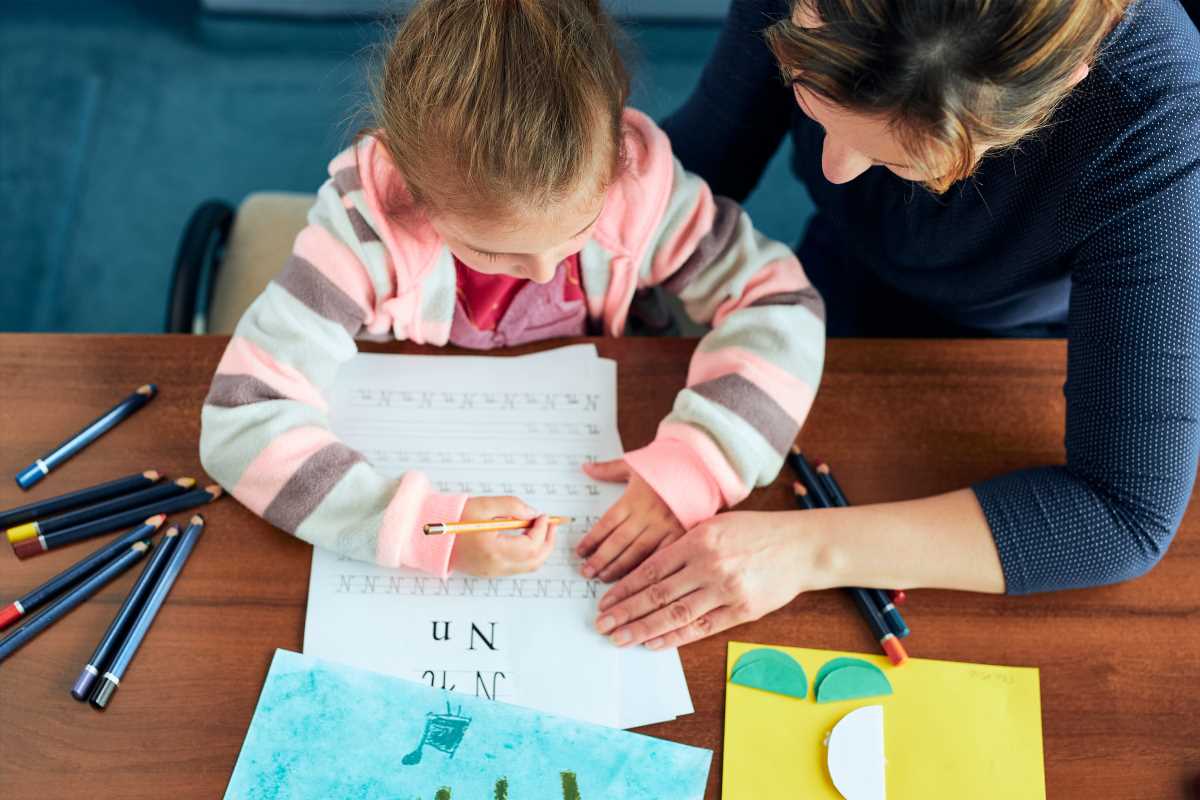Raising a child who can navigate multiple languages opens doors to diverse cultures, enhances cognitive abilities, and fosters better communication skills. In our increasingly globalized world, multilingualism equips children with the tools they need to succeed both personally and professionally. Whether you’re aiming for your child to speak two or several languages, nurturing their language skills can be a rewarding journey for both parent and child.
Understanding Language Development
Language development in children is a complex process influenced by various factors, including genetics, environment, and social interactions. Children begin to absorb sounds and patterns from the moment they are born, gradually forming their understanding of language. Early exposure to multiple languages can enhance their ability to distinguish between different sounds and structures, laying a strong foundation for bilingualism or multilingualism.
It’s important to recognize that each child is unique and will progress at their own pace. Patience and consistency are key when supporting your child’s language journey. Providing a supportive and encouraging environment can significantly affect how quickly and effectively they learn new languages.
Creating a Language-Rich Environment
Establishing a home environment that supports multiple languages is essential for language acquisition. Here are some factors to consider:
- Consistent Language Exposure: Ensure that each language is regularly spoken at home, allowing your child to hear and practice them consistently.
- Variety of Language Inputs: Use books, music, and conversations in different languages to provide diverse linguistic experiences.
- Visual Aids: Incorporate labels, charts, and posters in various languages to reinforce vocabulary and concepts.
- Interactive Communication: Engage in conversations, ask questions, and encourage your child to express themselves in each language.
- Positive Reinforcement: Celebrate your child’s efforts and progress in learning new languages to build their confidence.
Incorporating Multilingual Activities
Integrating language learning into everyday activities can make the process enjoyable and natural for your child. Here are some activities to consider:
- Storytelling Sessions: Read stories in different languages to expose your child to new vocabulary and narrative structures.
- Language Games: Play games that require using different languages, such as memory matching or simple board games.
- Cooking Together: Follow recipes in various languages, teaching food-related vocabulary and measurement terms.
- Sing Songs: Introduce songs and nursery rhymes in different languages to enhance listening and pronunciation skills.
- Art and Craft Projects: Use instructions in multiple languages to guide creative activities, reinforcing language comprehension.
Utilizing Technology and Resources
Modern technology offers a wealth of tools to support language enrichment for your child. Educational apps, interactive games, and online language courses can provide structured learning while keeping your child engaged. Audiobooks and language learning platforms like Duolingo or Rosetta Stone offer flexible options tailored to different age groups and proficiency levels. By leveraging these resources, you can create a dynamic learning environment that adapts to your child’s evolving needs.
Many online communities and forums are dedicated to multilingual parenting, where you can find support, share experiences, and access a variety of free materials. These resources can help you stay informed about the latest techniques and strategies, ensuring your approach remains effective and enjoyable for your family.
Engaging with Community and Culture
Immersing your child in the cultures associated with each language can deepen their understanding and appreciation. Attending cultural events, festivals, and community gatherings provides real-life contexts for language use and cultural exchange. These experiences enhance language skills and foster a sense of identity and belonging.
Connecting with native speakers through playgroups, language classes, or cultural organizations can further support your child’s language development. These interactions offer opportunities for authentic communication, allowing your child to practice speaking and listening in a natural setting. Building relationships within these communities can also create a support network for both you and your child as you navigate the multilingual journey together.
Overcoming Hurdles
Raising a multilingual child comes with its set of challenges, such as balancing multiple languages and addressing potential language delays. Consistency is crucial; maintaining regular usage of each language helps prevent confusion and promotes clarity. Setting realistic expectations and understanding proficiency levels may vary across different languages is important.
If you encounter difficulties, seeking guidance from language specialists or educators can be beneficial. They can provide personalized strategies and identify any underlying issues that may need attention. Maintaining open communication with your child about their language experiences can help address any frustrations and ensure they feel supported throughout their learning process.
Embarking on the journey of raising a multilingual child is a rewarding endeavor that offers lasting benefits. You can effectively nurture your child's language skills by creating a supportive environment, incorporating engaging activities, utilizing available resources, and connecting with cultural communities. Embrace the challenges and celebrate the milestones, knowing that you are providing your child with invaluable tools for a successful and enriched future.
 (Image via
(Image via





